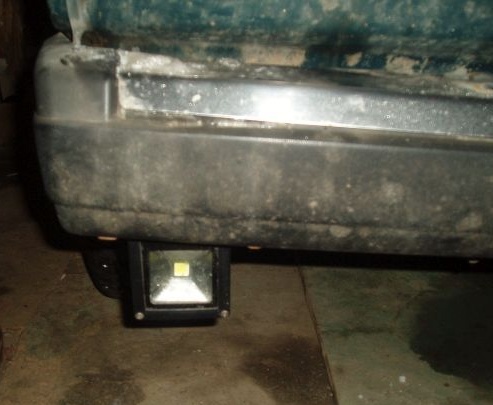
A person living in a village, but working in a city, often has to go to work and back. And if in the summer it’s even pleasant to take a ride in the city in the morning, in the cold, then in the autumn and especially in the winter (and in our area winter lasts at least 6 months) there is no pleasure to dangle for 50 km there and back. It turns out that when we leave, it’s dark, and when we return, it’s also dark. But the ride is necessary. And in any weather, in rain, snow, snowstorm.
For added safety, I decided to install fog lights, such that they shine with a warm yellow light, and not in the face of oncoming cars, but only along the edges of the road, on the side of the road, thereby helping me better see the edge of the road and the side lane. There are a lot of fog lights in the car shop. And the prices are not weak, and the power is also from 20 to 400 watts. But guided by the parameters of price, reliability, power and efficiency, I opted for ... inexpensive Chinese LED floodlights. In fact, they are small in size, the price is two times lower than that of the cheapest foglights, current consumption is almost 5 times less. In addition, the projectors have a cast metal housing IP65, glass 6 mm, and can work in any weather and climate conditions.
What you need to implement this idea:
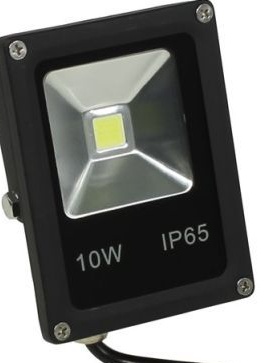
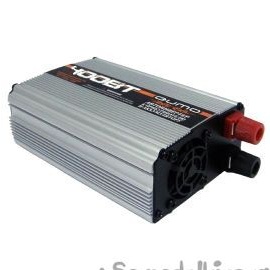
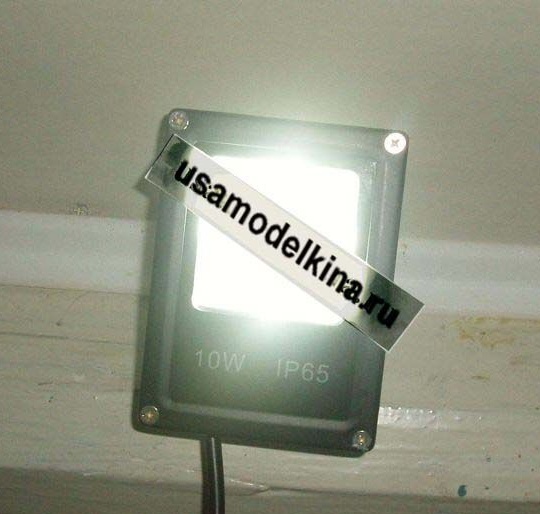
1. Two LED spotlights ERA 10W 2700K
2. Chinese inverter 12V to 220V 100W
3. Double insulated wires
4. Good electrical tape
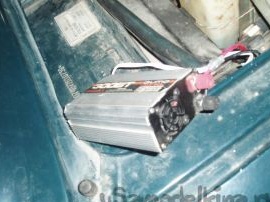
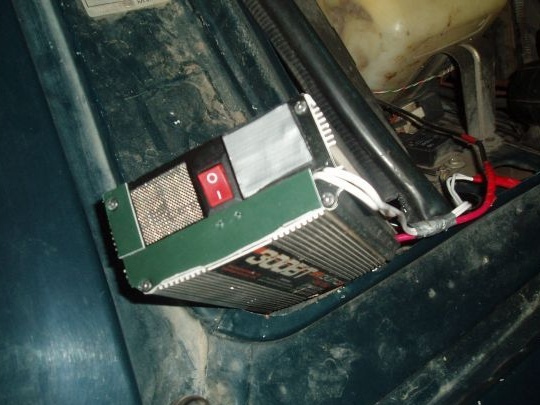
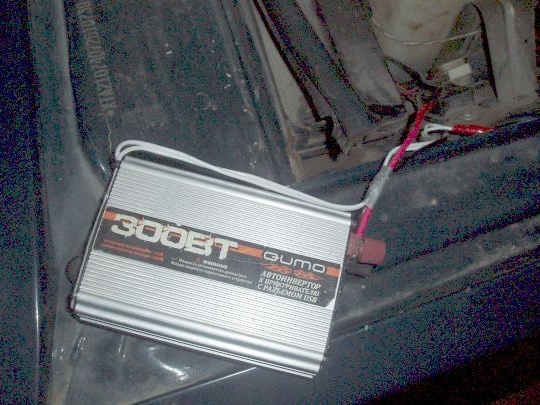
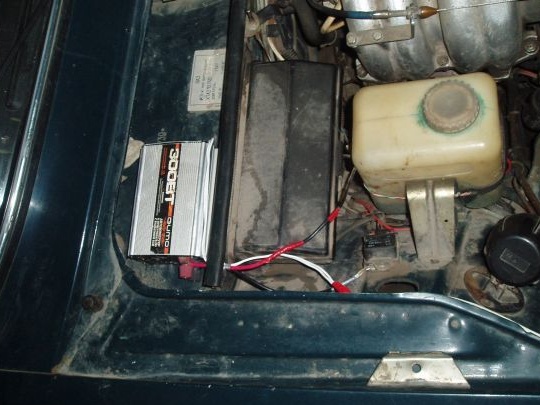
The place to install the inverter was not chosen by chance, the first time I installed it directly in the engine compartment and after six months of winter use it burned out. As you can see in the figure, the inverter housing is modified, all unnecessary holes are sealed with double-sided tape, and the hole for the built-in fan is covered with a fine mesh to protect it from snow and water splashes.
The voltage of 12 V for the inverter is taken from the cigarette lighter and through an additional toggle switch with a maximum current of at least 5 amperes, we feed through the passenger compartment and openings behind the stove into the engine compartment near the passenger's legs.
The output voltage of 220V from the inverter using a wire with double insulation is carried out under the bumper, where projectors are mounted.

As you can see in the photo, the conditions for two years of operation of searchlights in our area are very harsh, but the idea has proved its right to life.
